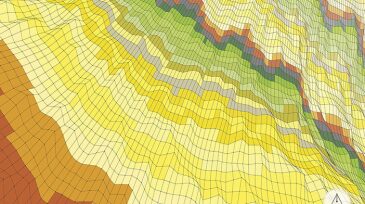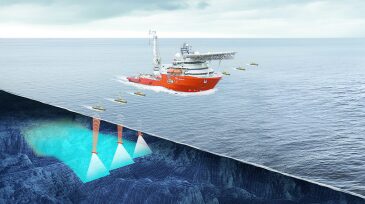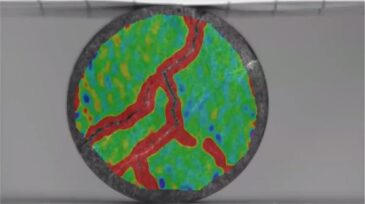Digital Transformation
Maldonado serves as controls and systems engineering lead at Aker BP.
The oil and gas sector stands on the edge of a digital revolution, yet legacy systems and resistance to change continue to hold it back. I reflect on my experience in digital drilling and argue that the industry’s biggest barrier isn’t technology itself, but the culture that surrounds it.
For YPs entering the industry, cracking the data code is more than a technical exercise; it’s your power skill and your competitive edge.
-
The BP Statistical Review of World Energy is an institution in the energy world. Who's behind assembling and managing the mountain of data that goes into it?
-
A quick look at the term "Fourth Industrial Revolution" and links to related articles.
-
Data-driven reservoir modeling is an alternative or a complement to numerical simulation and uses machine learning and data mining to develop full-field reservoir models.
-
AUVs aren’t limited to inspections and pipeline surveys. Deployment of a flotilla of AUVs to work on a project, and the communication among them, may someday lead to a subsea Internet of Things.
-
Technology that allows researchers to see stress forming inside rock samples may help unravel some of the mysteries associated with fracture behavior.
-
Always recorded but almost never used, the water hammer signal could offer completions engineers another set of insightful data if petroleum engineers can crack its code.
-
IoT is the next step in the evolution of the oil and gas industry. Changes have already begun in the field installations, in the corner office, and across the oil and gas value chain.
-
Permian Basin producer Callon Petroleum is attributing its data-driven approach to a routine completions practice to improved proppant placement and higher oil production.
-
The oil and gas industry has a lot to gain from the adoption of big data analytics as recently highlighted examples from major service company Halliburton demonstrate.
-
Through data gathering, machine learning, and the use of a supercomputer, a non-profit organization in Texas is seeking to boost oil and gas production on land owned by the states’ two largest university systems.













